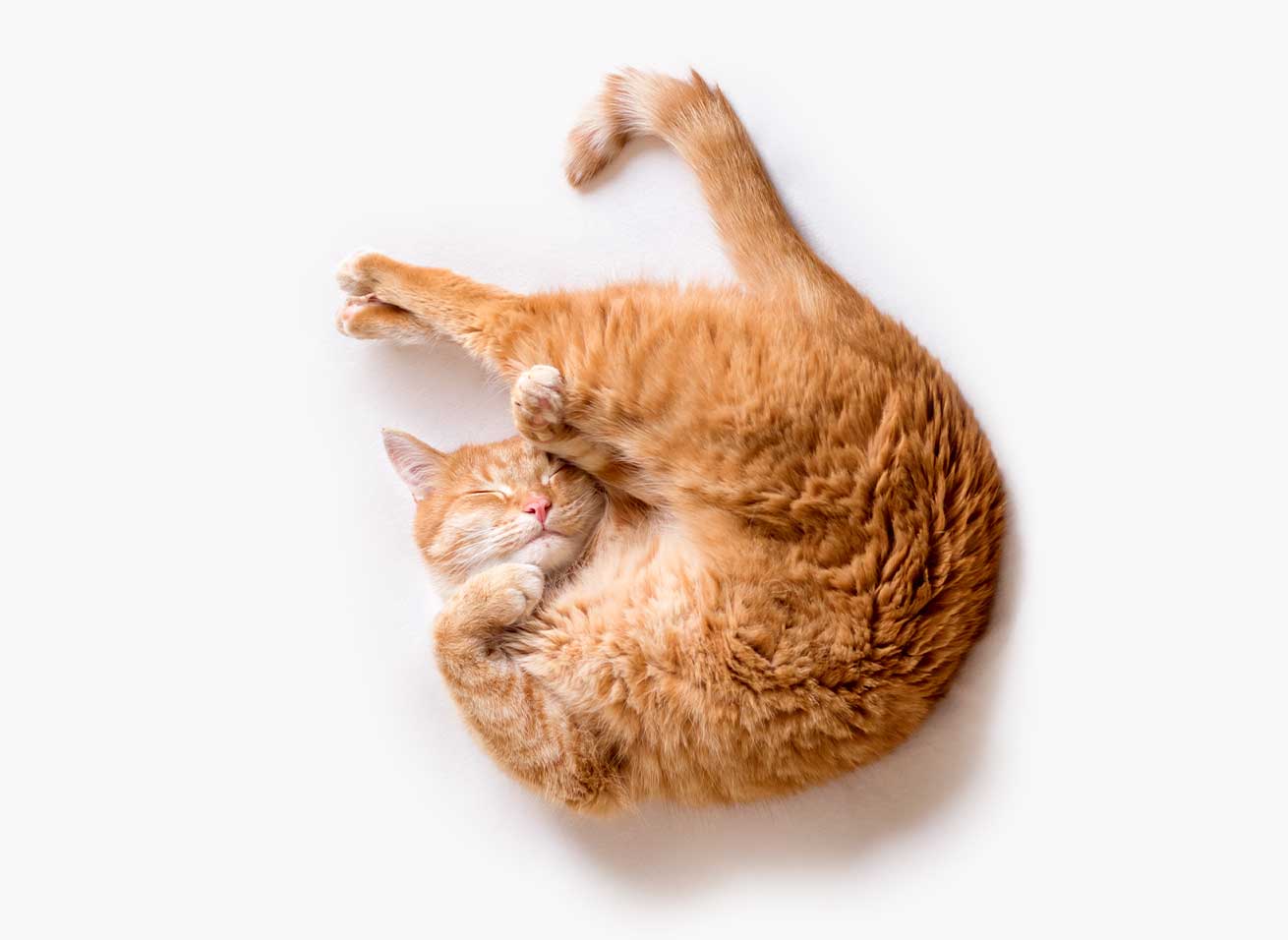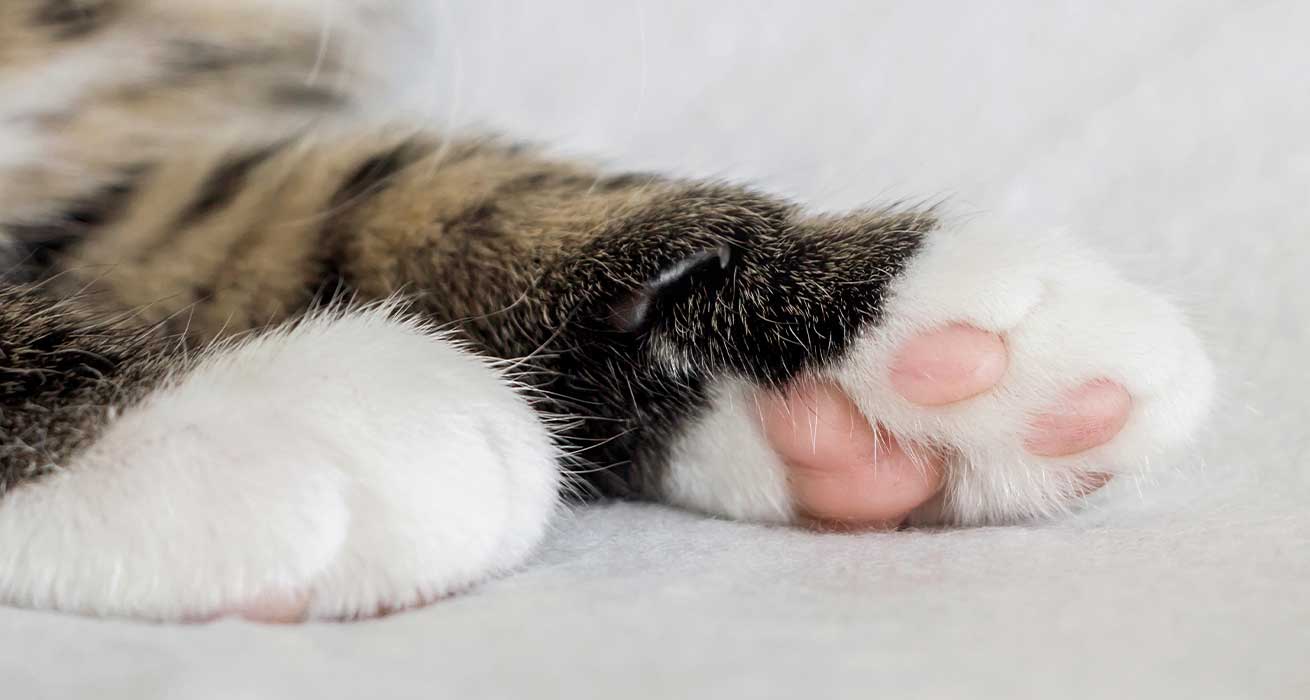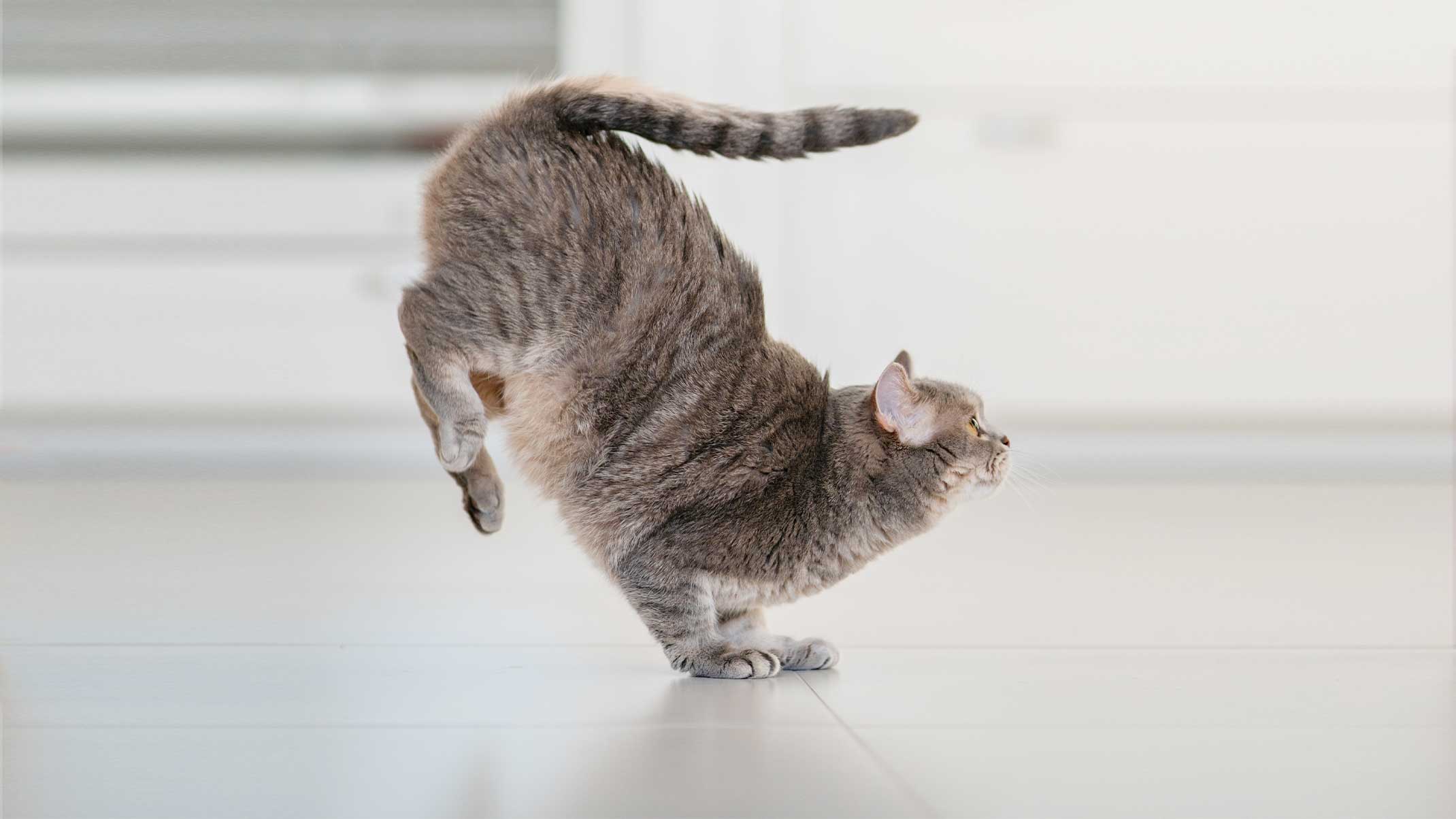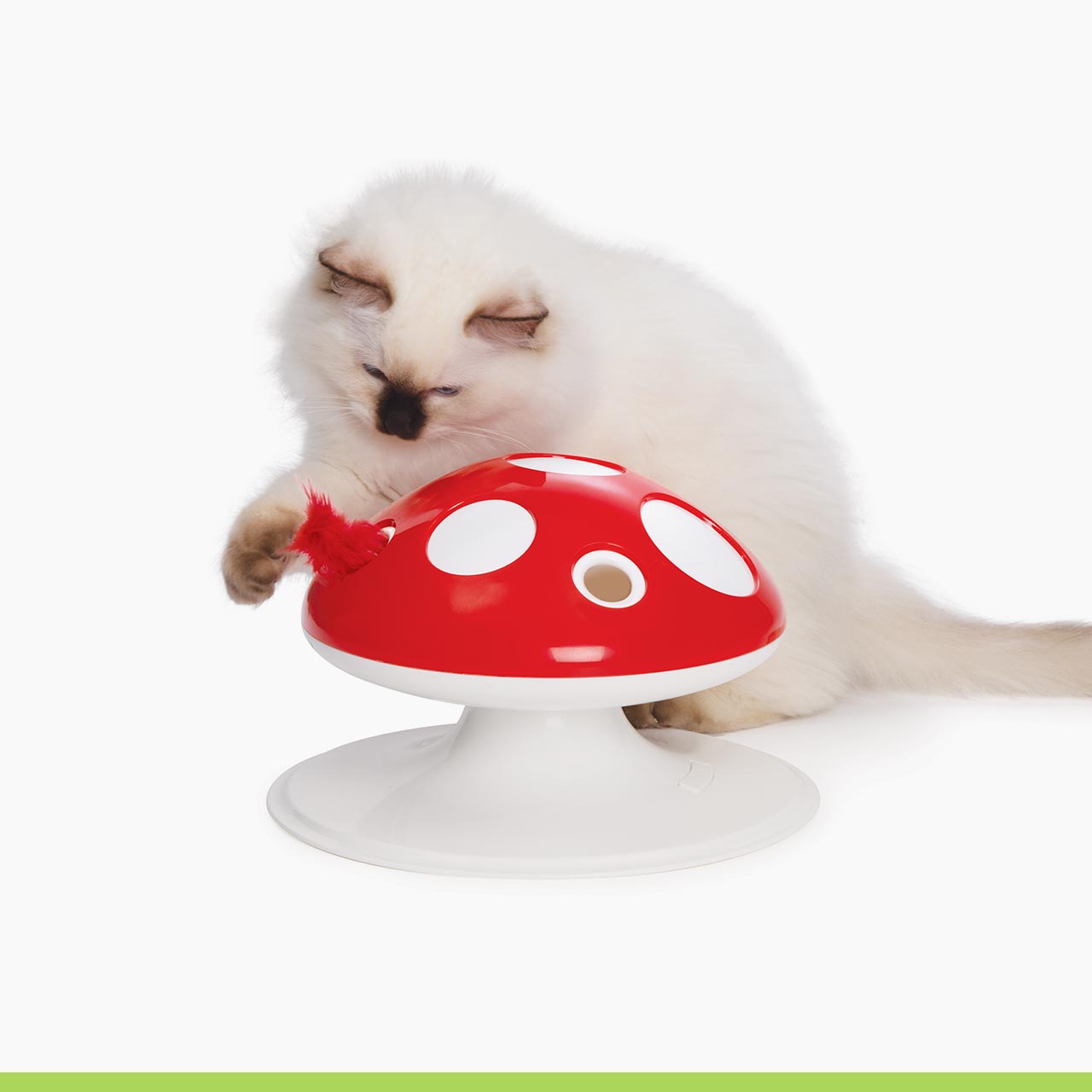In this article
Self-righting cats
Since at least the beginning of the 19th century, people have been wondering how cats manage to land on their feet time and time again. In 1894, it was discovered that cats have a built-in righting reflex, which starts to develop when they are still very young – 3 to 4 weeks old to be precise. By the time kittens reach the age of 6-9 weeks old, they have already perfected their landing skills!
How do they do it?
Just like humans, cats have a vestibular system inside their ears that takes care of their balance. However, cats are much more agile than us. Their flexible spine as well as the fact that their collarbones don’t attach to any other bones make cats capable of basically folding double, then rotating, and finally going back to their normal shape. In addition, cats have very strong and muscular legs that act as shock absorbers when they land on the ground.

Do cats always land on their feet?
Well, sometimes they don’t. In order to be able to self-right and land on their feet, an adult cat needs to fall from at least 3 feet (90cm) high. This explains why you’ve probably seen your sleepy cat tumble down from the sofa, landing on their side or back. Cats that fall from extreme heights won’t land on their feet either, but there’s a very good reason for that. Finally, there’s a specific cat breed that does have a tendency not to land on their paws: the Ragdoll.
These super laid-back cats got their name from the fact that they tend to go limb when you pick them up, much like an actual ragdoll. Some individuals are so docile that they will right themselves if they fall, but simply won’t use their legs to soften the landing. Because of this strange tendency, people used to believe that Ragdolls couldn’t feel pain. Obviously, they can, just like any other cat. Therefore, make sure to cat proof any windows or balconies so your cat stays safe.









